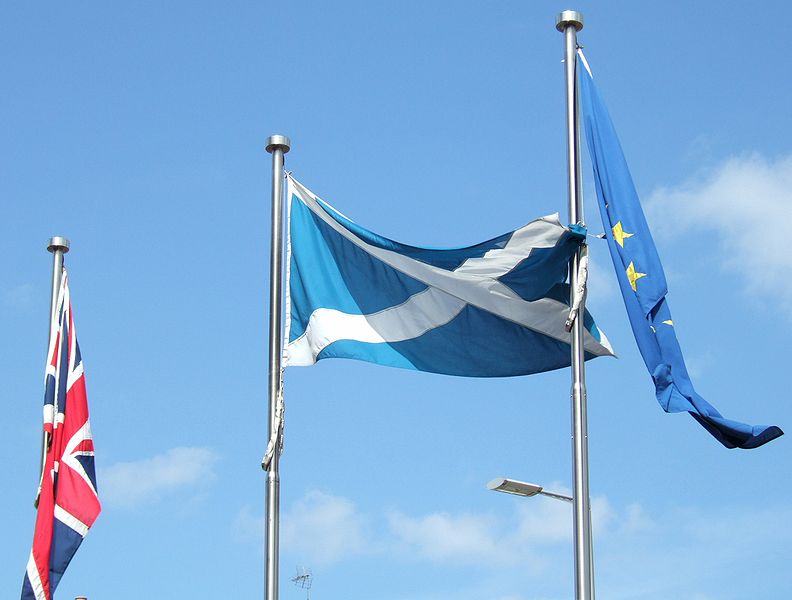As a schoolboy in Edinburgh, I was taught that, long before the union with England, Scotland had been a cosmopolitan country. The ports on the east coast showed the influence of trade with the Netherlands and the Hanseatic League. The Scots language demonstrated continental influences. The citizens of Edinburgh would shout “gardyloo”, supposedly from the French “gare de l’eau”, before throwing their slops into the streets from the windows of the tall tenements of Edinburgh’s Old Town.
Even then, this example of early Scots sophistication did not convince. And the claim that their vote to stay in the EU — all districts of Scotland voted Remain in the referendum, and 62 per cent of the nation’s voters as a whole voted to stay in the EU — is the product of a broad-minded outlook not seen south of the border also misses a crucial point.
The fracturing of the opposition Labour party’s traditional support in depressed areas of the north of England, which was decisive in securing an Out vote, paralleled the collapse of Labour’s vote in the west of Scotland in favour of the Scottish National party in the general election of 2015.
The great achievement of the SNP, now in government in Holyrood and with MPs in Westminster, has been to be a party of protest and a party of government at the same time. This is an achievement Brexiters will find hard to emulate.
While the Leave campaign and the SNP are disparate coalitions brought together by a common hostility, the SNP has a clearer and more positive vision of the future, and evidence of administrative competence has been absent on the Brexit side. A remarkable outcome of the Remain campaign was that the two most impressive political performers were women from Scotland: Nicola Sturgeon, the SNP first minister, and Ruth Davidson, leader of the opposition Scottish Conservatives. English politics is in chaos; Scottish politics is not.
But support in Scotland for the SNP, in large part a response to Labour’s failure, should not necessarily be equated with support for independence. The SNP cannot call a fresh referendum unless it is highly confident of winning it. A second No vote, even if close, would put an end to dreams of independence for a generation and perhaps forever, as in Quebec. And economic prospects for Scotland are less attractive with oil below $50 per barrel than when prices were twice that level.
On the other hand, one factor has changed decisively. If Scotland had voted for separation in 2014 the path to EU membership would have been slow. While the outcome would have been inevitable, countries with their own separatist movements, notably Spain but also perhaps Belgium and Italy, would probably have been obstructive.
Now, Scottish accession would be greeted with open arms. And while it probably does not make sense for an independent Scotland to join the eurozone, dallying with the prospect is a tease that might assist in negotiations with both the EU and the rest of the UK.
After the Scots independence referendum failed, narrowly, in 2014, I judged that independence was the likely outcome but probably not in my lifetime. It now seems likely that I will see it. Whether it is desirable is another matter altogether. As with Brexit itself, the economic impact of the change is greatly exaggerated by both sides and the costs of transition large.
This article was first published in the Financial Times on June 28th, 2016.

